Heaphy Lab
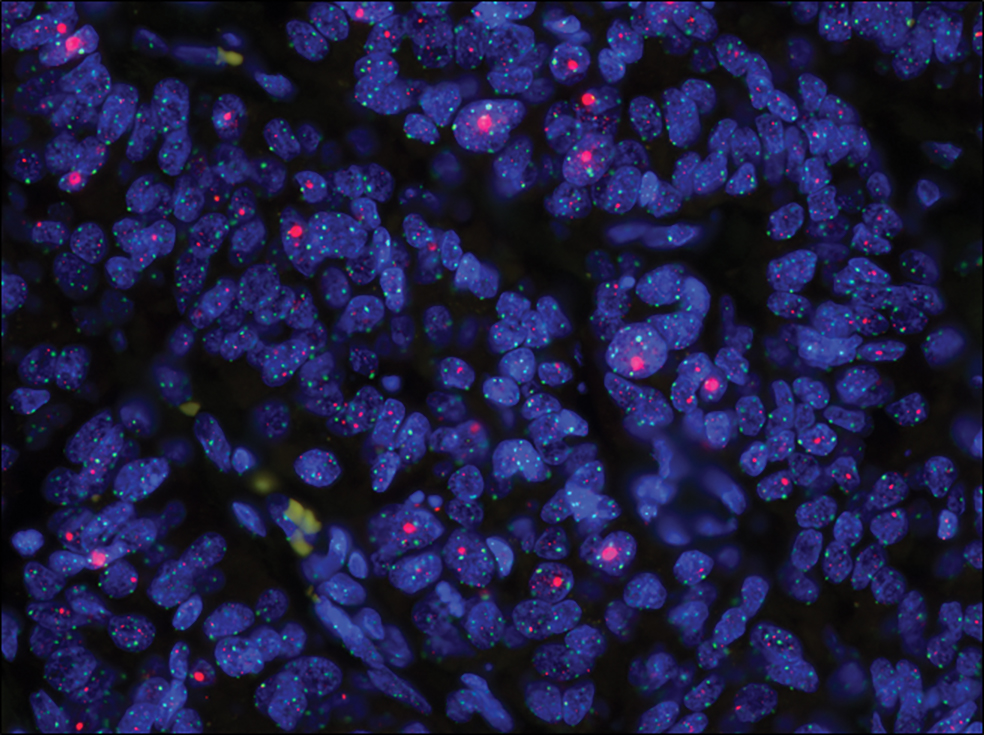
ALT+ PanNET
Telomere-specific (red) and centromere-specific (green) FISH denotes the presence of ALT
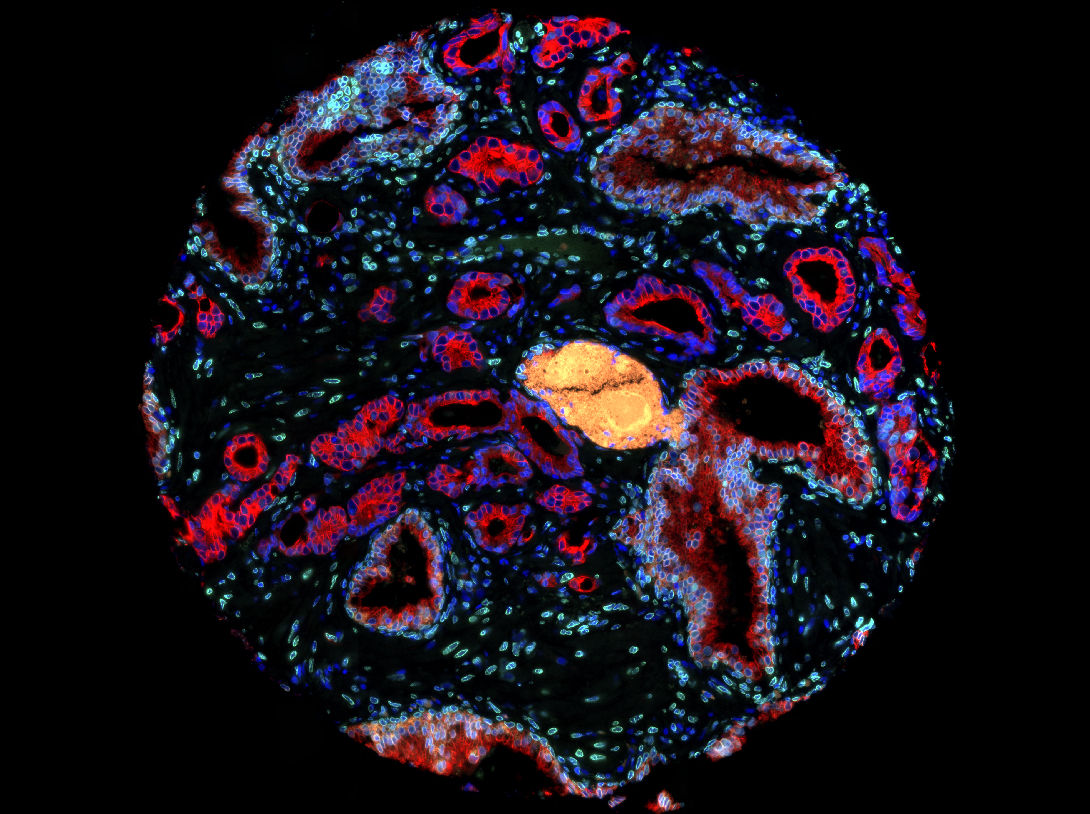
Lamin A/C in PrCa
Costaining for a lamin A/C (green) and cytokeratin 8 in a prostate cancer
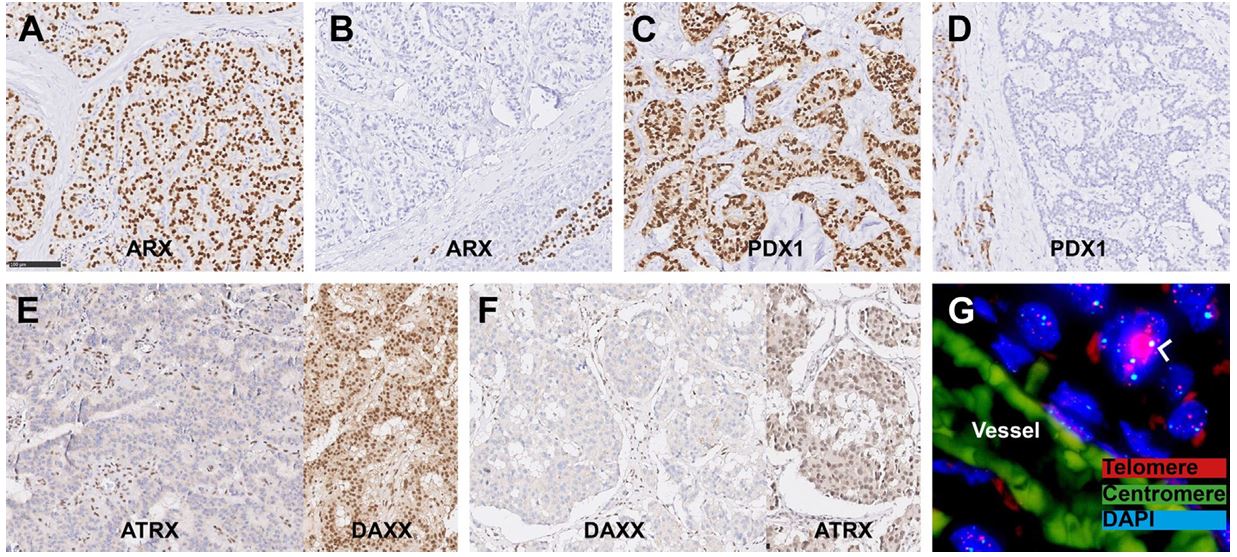
PanNET biomarkers
Established tissue-based prognostic biomarkers for non-functional pancreatic neuroendocrine tumors.
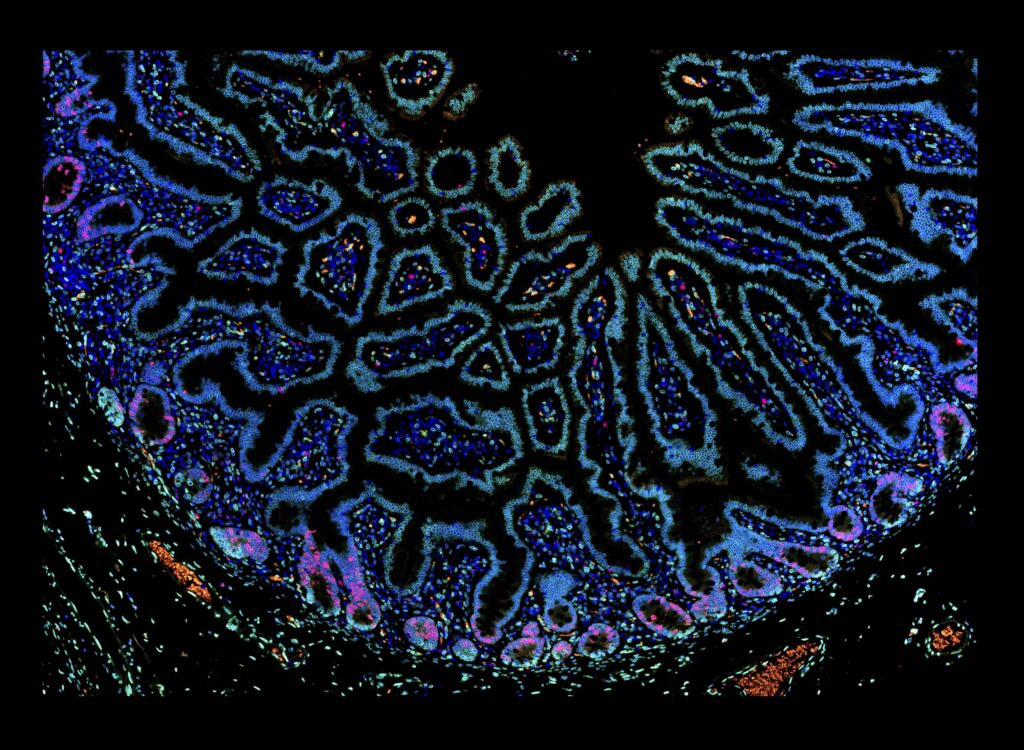
Ki67 in small intestine
Ki67 (red) and lamin A/C (green) IF
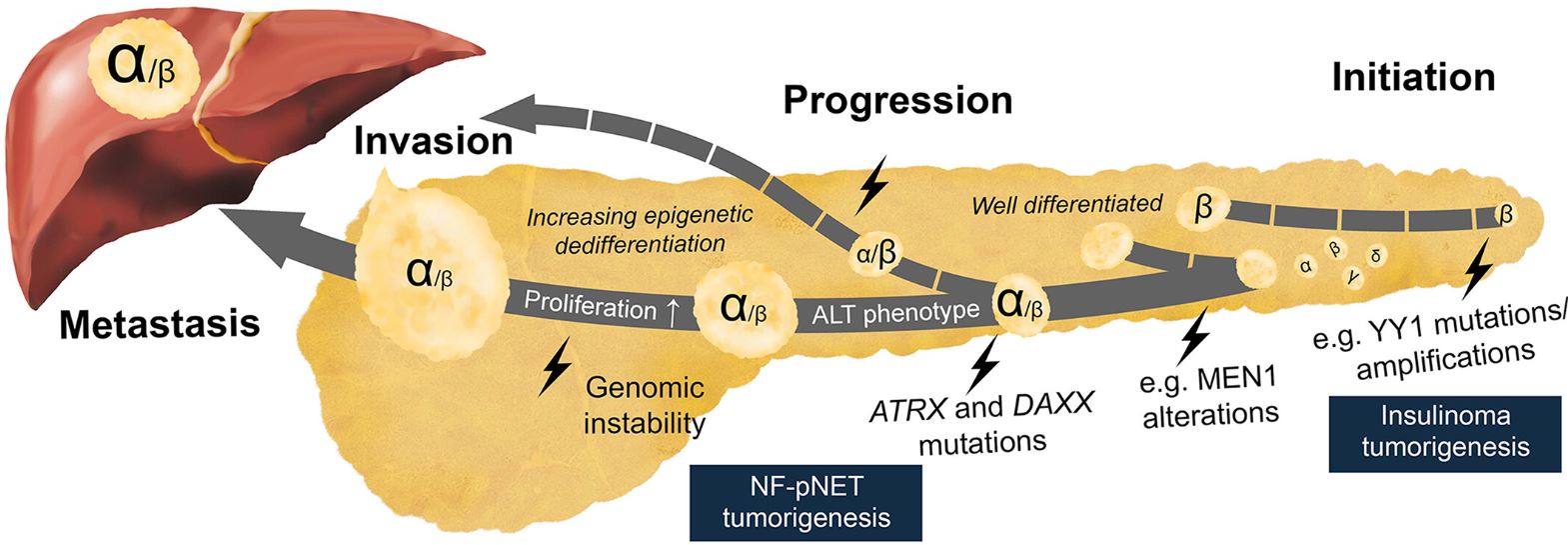
Proposed PanNET model
Multistep tumorigenesis of sporadic non-functional PanNETs
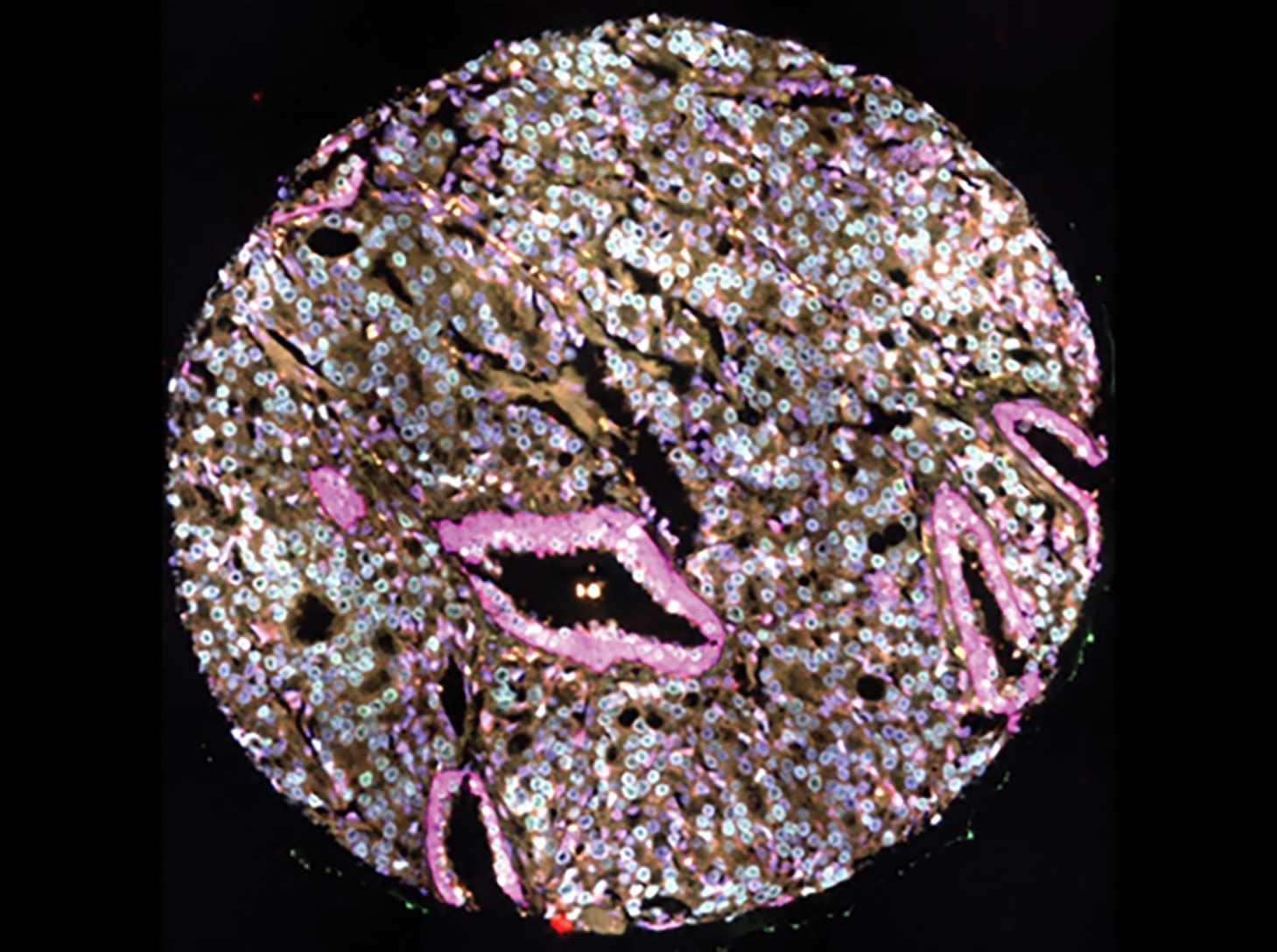
Prostate Cancer TMA
Telomere-specific FISH with costaining for a basal-specific cytokeratin (magenta) as well as NKX3.1 and FOXA1 (green)
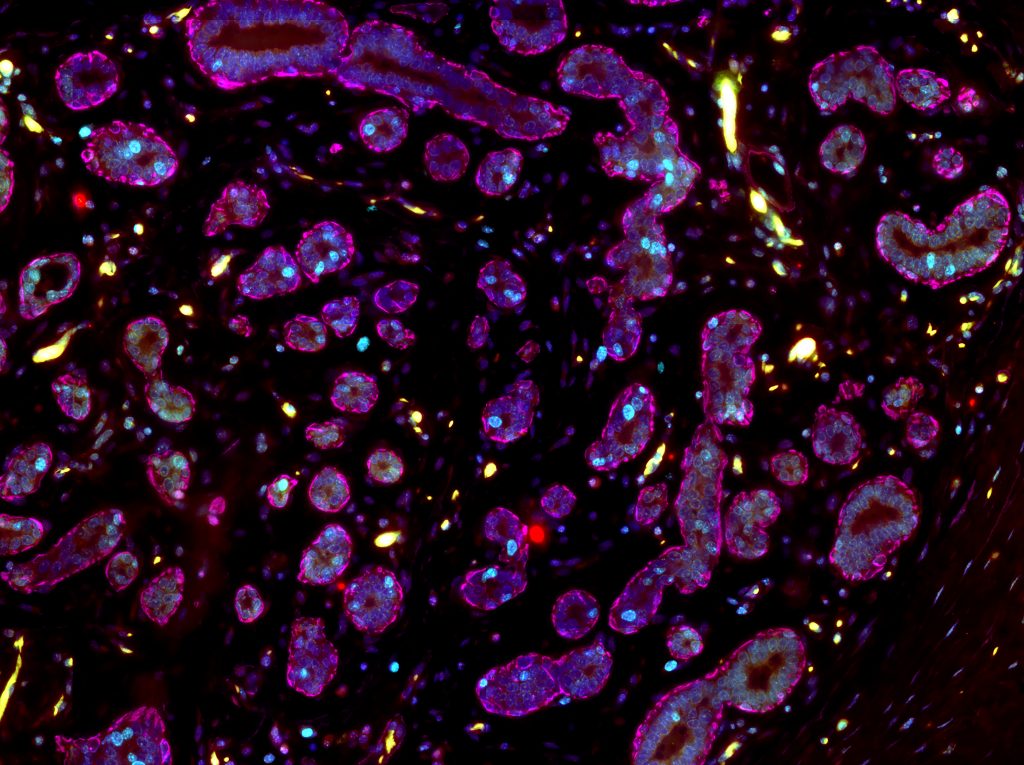
Breast TDLU
Telomere and centromere-specific FISH with costaining for smooth muscle actin (magenta) and Ki67 (turquoise)
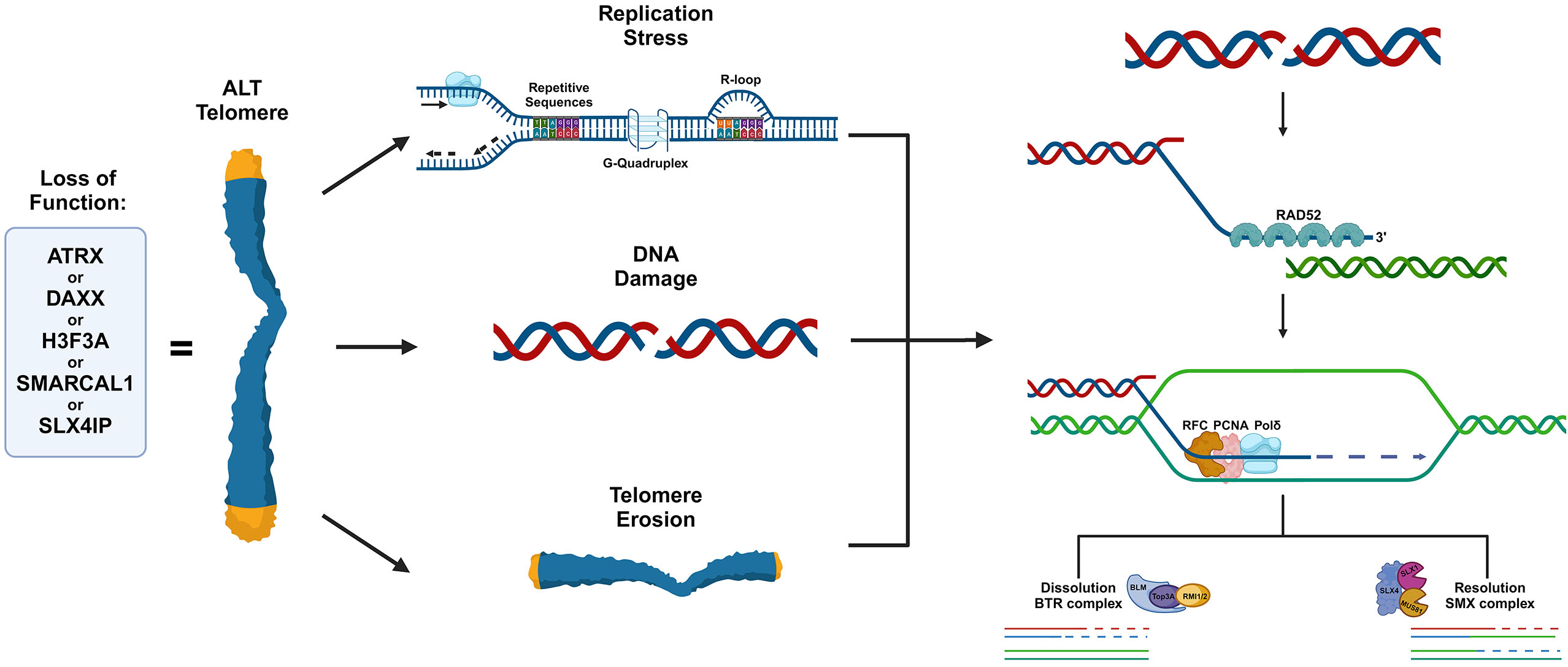
ALT mechanism
Break-induced replication mediates the extension of ALT telomeres
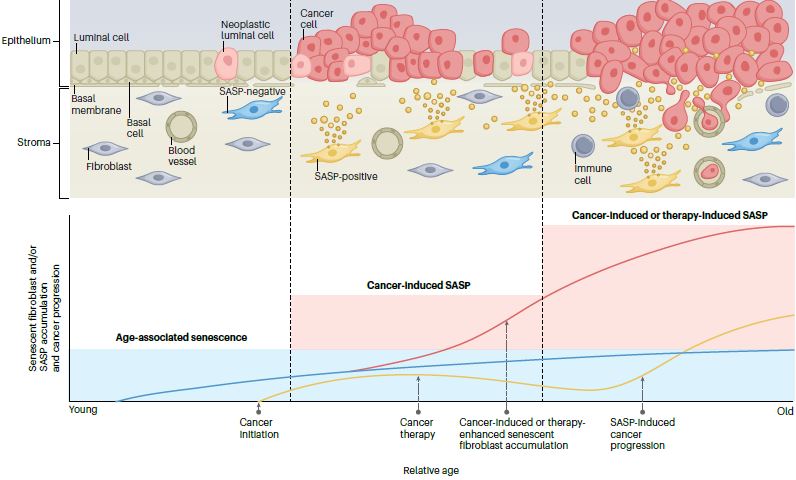
Senescent fibroblasts
Senescent fibroblasts can accumulate and produce senescence-associated secretory phenotype (SASP).
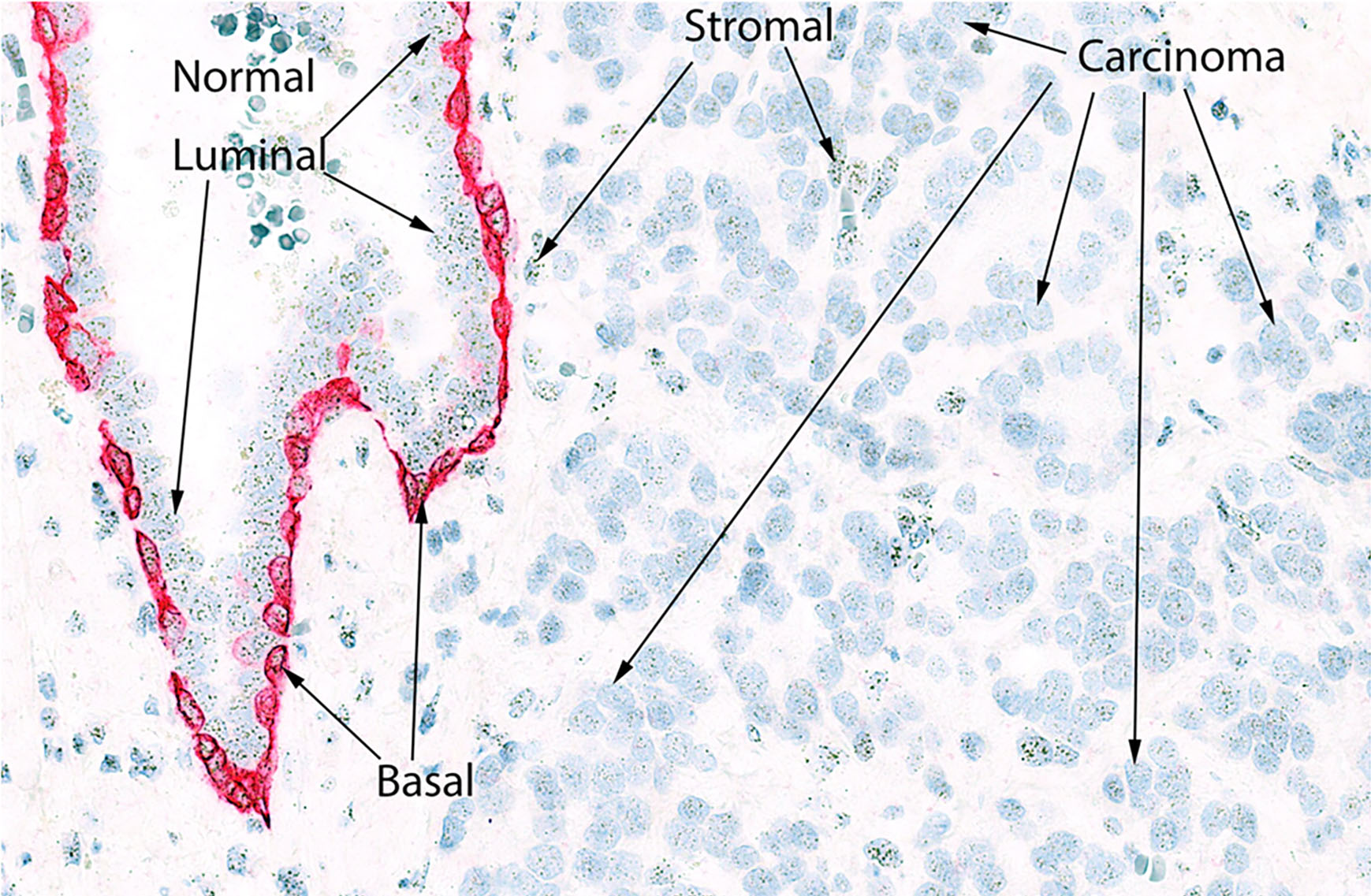
Telo-CISH
Telo-CISH multiplex with basal-specific cytokeratin facilitates easy identification of short telomeres
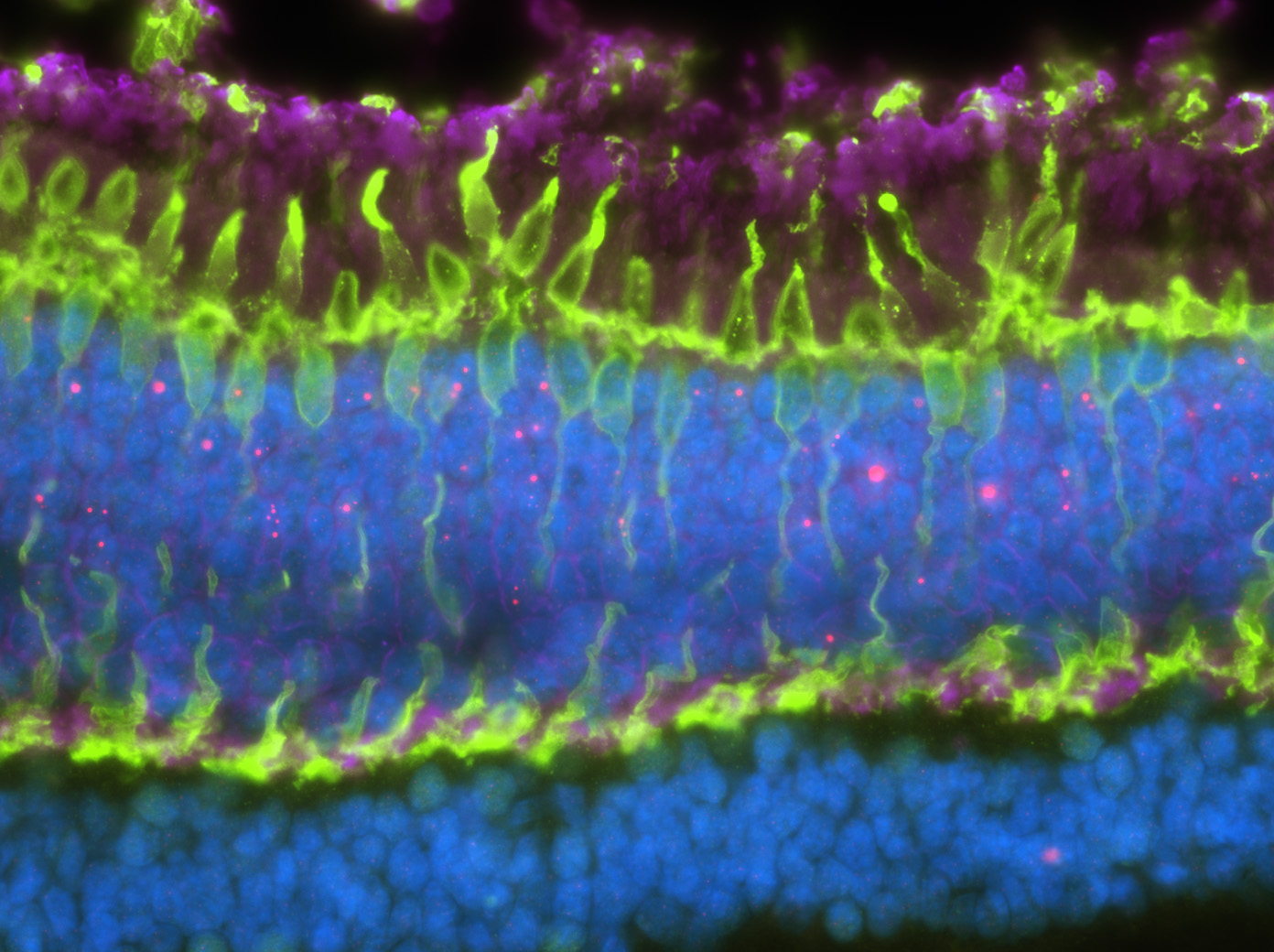
Photoreceptors
Telomere-specific FISH with colabeling for cone nuclei and processes (green) and rod nuclei (magenta)
HEAPHY LAB MISSION
We employ a multidisciplinary approach encompassing tissue-based, cell-based, and molecular methodologies to investigate the role of telomere alterations in the onset and progression of human diseases, with a particular focus on cancer (e.g., prostate cancer, pancreatic neuroendocrine tumors, breast cancer, sarcomas, and gliomas).
Our overarching goal is to advance the translation of molecular findings from tumors and the tumor microenvironment into clinical tools capable of accurately predicting cancer risk, prognosis, and responses to targeted therapies.
Central to our mission is cultivating a collaborative laboratory environment that supports professional growth and scientific exploration. We are dedicated to promoting diversity and inclusion within academia and medicine, and valuing the development of every member of our team, both personally and professionally.













